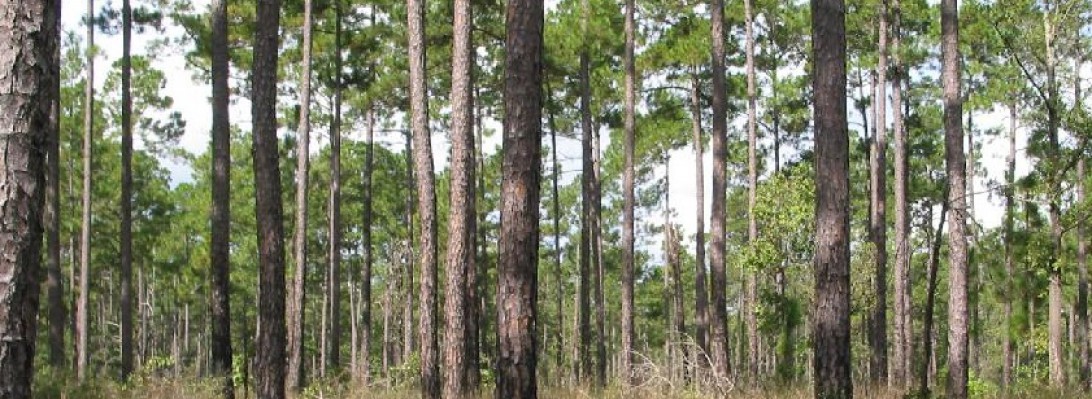NAMING
Scientific Name: Persea palustris
Family: Lauraceae
Common: swampbay
HABITAT
Native
Habitat: Wetlands
Range: Virginia south throughout peninsula Florida and west to Texas
TREE TRUNK
Size: 40ft tall
Bark: Evergreen
Twigs: thick and green
LEAVES
Composition: simple
Arrangement: alternate
Shape: ovate, elliptic
Venation: pinnate
***The topside of the leaf is dark green and shiny, while the bottom side is a silvery white color with an orange tinge from pubescence that occurs primarily along the mid vein. Persea borbonia does not have this.
REPRODUCTION
Flowers: inconspicuous
Fruit: oval, round, blue
USES
Wildlife: mammals eat the berries
Commercial: Horticulture










